Press Information
Current and future CO2 emissions from drained peatlands in
Southeast Asia
A. Hooijer, S. Page, J. G. Canadell, M. Silvius, J. Kwadijk, H. Wosten, J. Jauhiainen.
Biogeosciences, 7, 1505–1514, 2010, doi:10.5194/bg-7-1505-2010
Lead
Tropical peatlands are a large storage of carbon and provide significant sink capacity. Under past and current peat management, drainage is a common practice that has led to enhanced emissions from decomposition of 355- 855 Mt CO2 in 2006, as a reference year..
Paper Abstract
Forested tropical peatlands in Southeast Asia store at least 42 000 Million metric tonnes (Mt) of soil carbon. Human activity and climate change threatens the stability of this large pool, which has been decreasing rapidly over the last few decades owing to deforestation, drainage and fire. In this paper we estimate the carbon dioxide (CO2) emissions resulting from drainage of lowland tropical peatland for agricultural and forestry development which dominates the perturbation of the carbon balance in the region. Present and future emissions from drained peatlands are quantified using
data on peatland extent and peat thickness, present and
projected land use, water management practices and decomposition
rates. Of the 27.1 Million hectares (Mha) of peatland
in Southeast Asia, 12.9 Mha had been deforested and
mostly drained by 2006. This latter area is increasing rapidly
because of increasing land development pressures. Carbon
dioxide (CO2) emission caused by decomposition of drained
peatlands was between 355 Mt y−1 and 855 Mt y−1 in 2006
of which 82% came from Indonesia, largely Sumatra and
Kalimantan. At a global scale, CO2 emission from peatland
drainage in Southeast Asia is contributing the equivalent
of 1.3% to 3.1% of current global CO2 emissions from the
combustion of fossil fuel. If current peatland development
and management practices continue, these emissions are predicted
to continue for decades. This warrants inclusion of tropical peatland CO2 emissions in global greenhouse gas
emission calculations and climate mitigation policies. Uncertainties
in emission calculations are discussed and research
needs for improved estimates are identified.
Manuscript
Access manuscript http://www.biogeosciences.net/7/1505/2010/bg-7-1505-2010.html
Powerpoints
1) Overview on tropical peatlands (pdf, 8.2mb)
2) Tropical peatland and vulnerable carbon pools (pdf, 4.4mb)
Illustrative Images (available free if credited as specified). Original, drained and deforested tropical peatland in central Sumatra, Indonesia. |
|
|---|---|
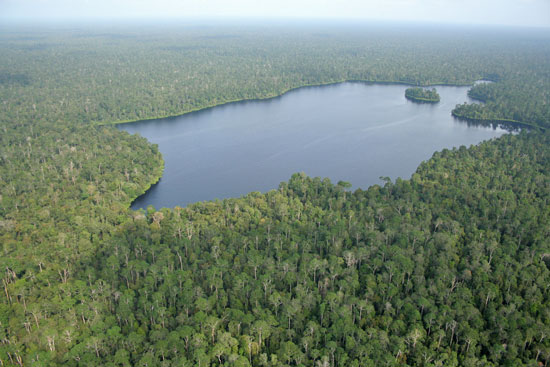 |
|
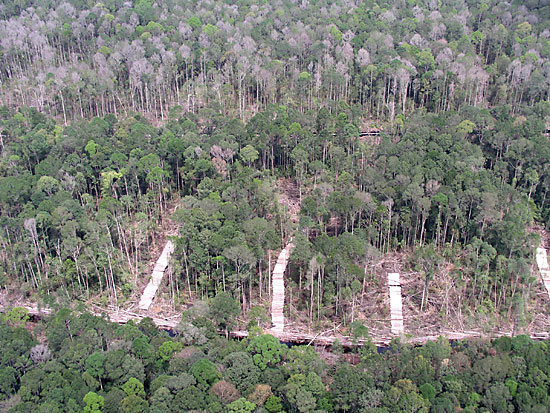 |
|
(2560 x 1920, jpg 1.8Mb)
|
|
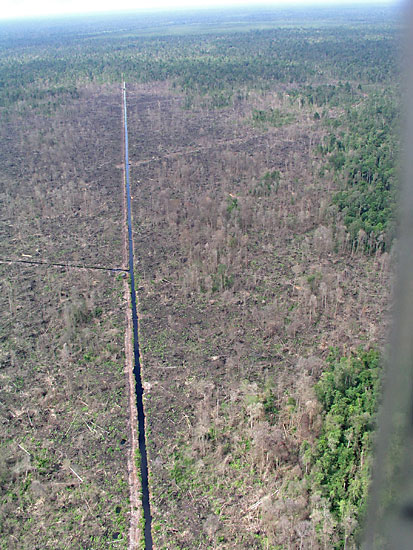 |
|
(1920 x 2560, jpg 1.8Mb)
|
|
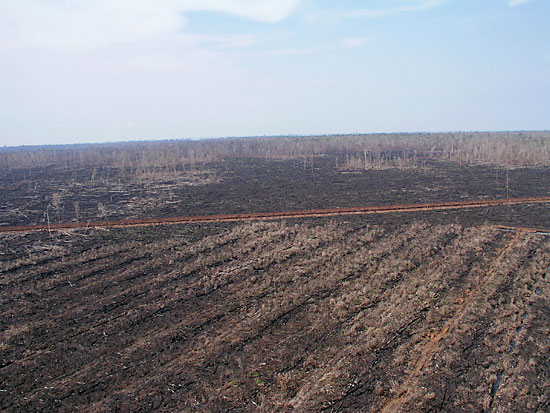 |
|
(2560 x 1920, jpg 1.5Mb)
|
|
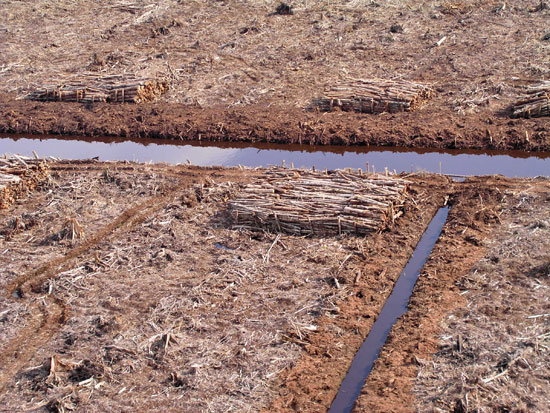 |
|
(2560 x 1920, jpg 2Mb) |
|
